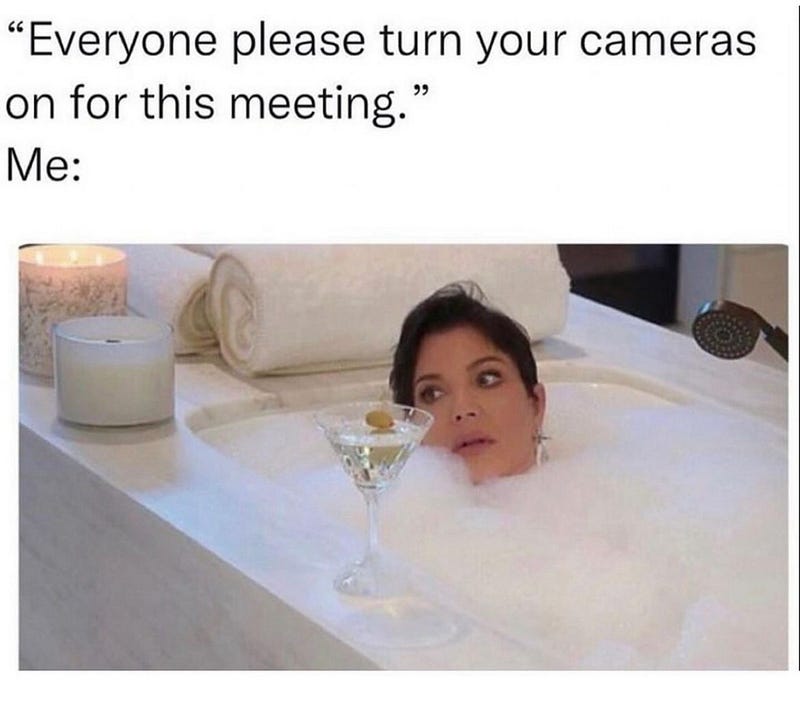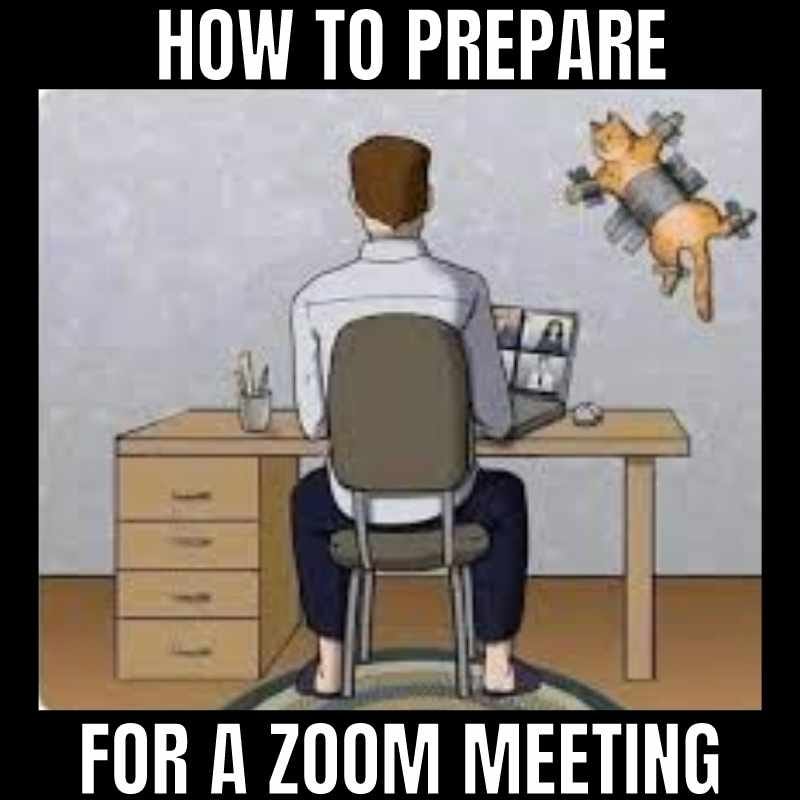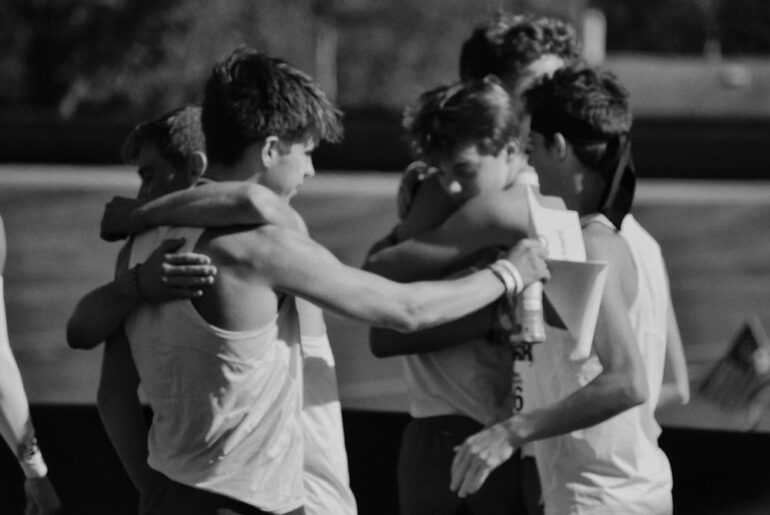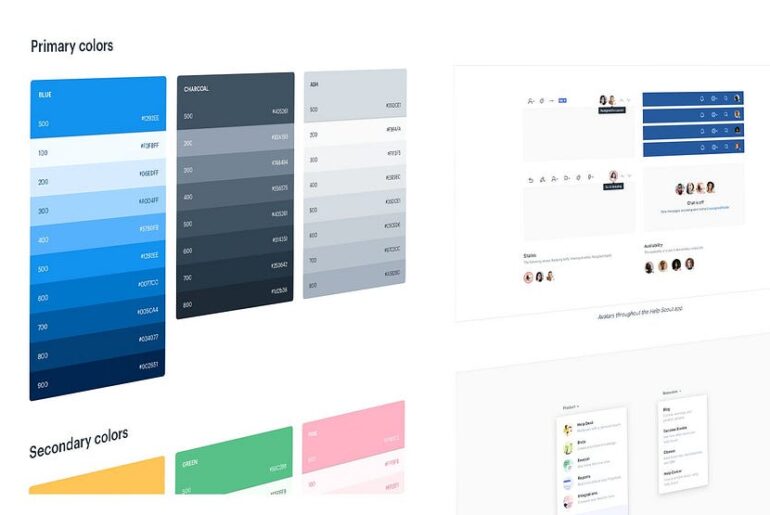Cameras On/Off — The Good, the Bad, and the Awkward
The Battle of Cameras
Ever since the pandemic turned our kitchen tables into office desks, the question of whether to turn your camera on during online meetings has been a silent, ongoing debate.
Cameras on or off?
It seems like a small decision, but it can say a lot about the tone of a meeting, the level of engagement, and even the kind of relationship you have with your coworkers or clients.
As someone who’s spent years navigating the awkwardness of online calls — both as a freelancer and as part of a team — I’ve seen (and lived) all sides of this debate.
From morning meetings where the camera stayed firmly off to high-stakes client calls that required full face visibility, this question has led to some funny, frustrating, and enlightening moments.
Let’s dive into the complexities of this modern workplace dilemma and why it’s about more than just clicking a button.

My Camera Philosophy: Time and Place Matter
If you’d asked me this question a few years ago, I wouldn’t have thought twice about my camera habits. Now, I realize it’s a nuanced decision. For me, it boils down to timing.
Morning meetings? My camera stays off.
Working from home means my early mornings involve messy hair, a cluttered home office, and a face that doesn’t scream “ready for business.” But by mid-day or afternoon, I feel more prepared to turn it on, especially once I’ve had a coffee and my space feels less chaotic.
This selective approach has its reasons. In the mornings, I want to focus on absorbing information rather than worrying about how I look. By the afternoon, when I feel more awake, having the camera on feels natural and even energizing.
It’s not about being vain — it’s about showing up when I feel ready to engage.
Cameras On: The Good, the Bad, and the Awkward
Turning the camera on has its upsides. When you see someone’s face, it humanizes the interaction. You’re not just talking to a disembodied voice; you’re connecting with a real person.
Especially during the era of remote work, seeing faces has been a lifeline for fostering genuine connections. It puts a face to the voice and makes conversations feel less transactional.
But, let’s be real — it’s not all sunshine. Personally, I find it distracting when too many cameras are on. In meetings with six or more participants, I’ll catch myself glancing around at everyone’s reactions instead of focusing on the discussion.
And then there’s my ultimate struggle: the inability to hide my emotions. If I’m frustrated, annoyed, or even just confused, it’s written all over my face.
Poker face? Not in my vocabulary.
Cameras Off: Mysterious or Misleading?
When cameras are off, it creates a different dynamic.
I’ve noticed this especially in larger meetings. Without seeing faces, you can’t always gauge people’s reactions or intentions. It feels a little like playing poker blindfolded — there’s a sense of unpredictability, especially when someone suddenly speaks up with a bold opinion or question.
In one of my old jobs, this unpredictability was palpable. In meetings with six to eight people, the power dynamic could subtly shift if certain individuals left their cameras off. You’d wonder
What are they thinking? Are they even paying attention?
It’s not necessarily bad, but it changes the vibe and can sometimes make the meeting feel less collaborative.

Cameras and Productivity: A Double-Edged Sword
There’s no denying that turning cameras on can boost engagement.
It’s harder to zone out or multitask when your face is visible. In my weekly development refinement meetings, I encourage my team to turn their cameras on for exactly this reason. These meetings are crucial for ironing out project details, and participation matters.
When cameras are off, I’ve noticed it’s easier for people to disengage, leading to a cascade of follow-up questions in later meetings. It’s like we’re solving problems twice.
But there’s also a fine line.
Not every meeting needs cameras.
Sometimes, keeping them off lets people focus better, especially when the discussion doesn’t require much back-and-forth. It’s about balance — using cameras strategically rather than making them mandatory for every single call.
The Funny and Awkward Side of Cameras
Of course, no discussion about cameras would be complete without some hilarious mishaps.
My personal highlight? My dog in the background while I was mid-presentation!
During a high-profile client discovery call, the rule was clear: cameras on, no exceptions.
Normally, I’d have been fine with this, but on that particular day, I was babysitting my dog post-surgery. As expected, chaos ensued. My dog decided to jump on me mid-call, vying for attention while I tried to maintain professionalism.
At first, I was mortified. But to my surprise, the client loved it.
They thought my dog was adorable, and it turned into a great icebreaker. What started as an awkward situation turned into a memorable moment that actually helped build rapport.
It was a lesson in how showing your human side — even unintentionally — can sometimes work to your advantage.
Another memorable moment involved a former CEO who forgot to mute himself during a call.
He answered a phone call and, thinking he was muted, told his wife, “Sorry I’m late for dinner, I’m stuck with this annoying client for the next 30 minutes.”
Unfortunately, our client understood just enough Greek to catch part of the conversation. Thankfully, we managed to laugh it off and save face, but it was a close call.
The Power of Cameras
Over time, my perspective on cameras has evolved.
Nowadays, whenever I turn my camera on — or see others do the same — it feels like a signal that the meeting is serious. It’s like saying, “Okay, let’s focus, this matters.”
It creates a sense of presence and importance that’s hard to replicate with cameras off.
Beyond that, I’ve come to appreciate the privilege of video calls. Growing up, my family didn’t even have a phone, and we relied on payphones and calling cards to connect with relatives thousands of kilometers away.
The idea that I can now see someone’s face in real-time from the other side of the world is nothing short of amazing. Cameras, in this sense, aren’t just a tool — they’re a bridge.
My Golden Rule for Cameras in Meetings
So, is there a golden rule for camera use? Maybe not, but I’ve developed a personal guideline.
As a product manager, I ask my team to turn their cameras on at least once a week during our WFH days. It helps maintain a friendly atmosphere and keeps the team connected. Beyond that, I leave it up to individual preference, knowing that context matters.
If you’re unsure about when to turn your camera on, here’s my advice: think about the purpose of the meeting. If it’s collaborative or relationship-focused, cameras can make a big difference.
But if it’s a quick status update, don’t stress about it. Ultimately, the key is to strike a balance between productivity and comfort.

Cameras On, Cameras Off — You Do You
The camera debate will likely continue as remote work evolves, but here’s the bottom line:
Do what works for you and your team!
Cameras can enhance connection, but they’re not the only way to engage. Sometimes, turning the camera off is exactly what you need to focus or recharge.
What matters most is that we’re having these conversations and finding ways to make online meetings less awkward and more effective.
So, next time you join a call, ask yourself: camera on or off? Either way, just make sure your mic is muted when you’re not speaking.




